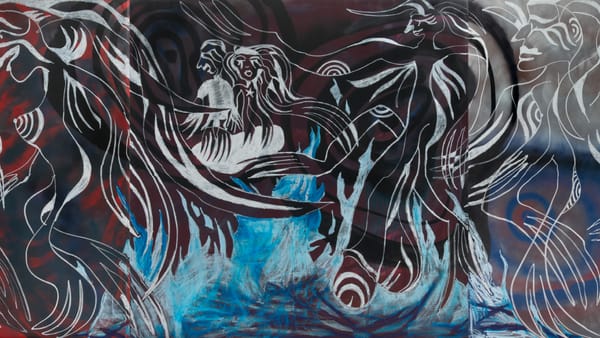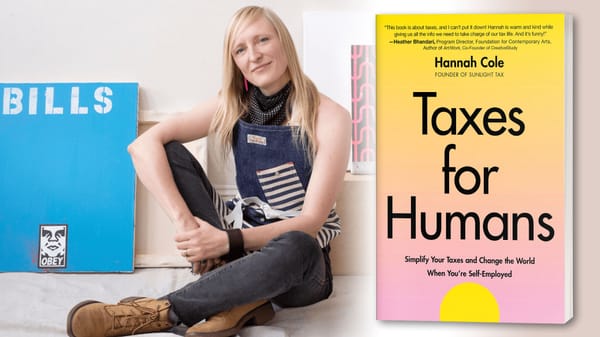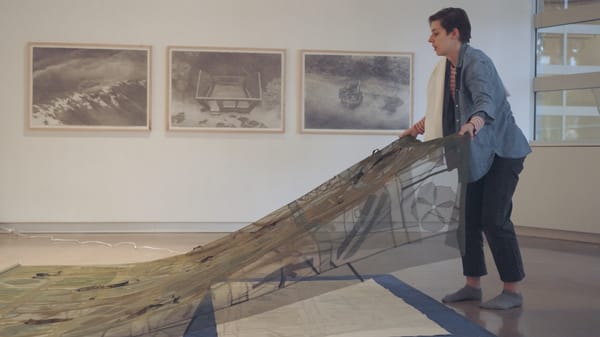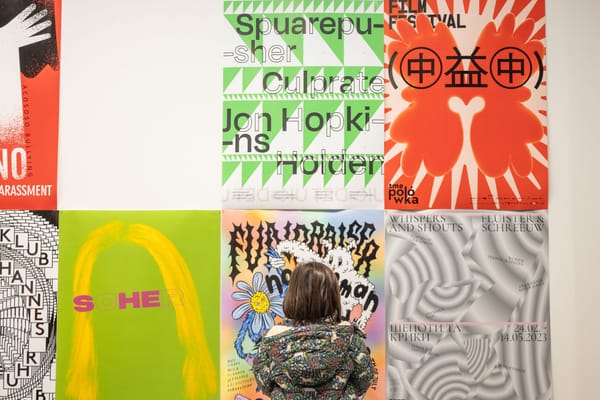The Art Books of Henri Matisse
CHARLOTTE, North Carolina — The Art Books of Henri Matisse at Charlotte’s Bechtler Museum of Modern Art is a travelling exhibition with a new twist.
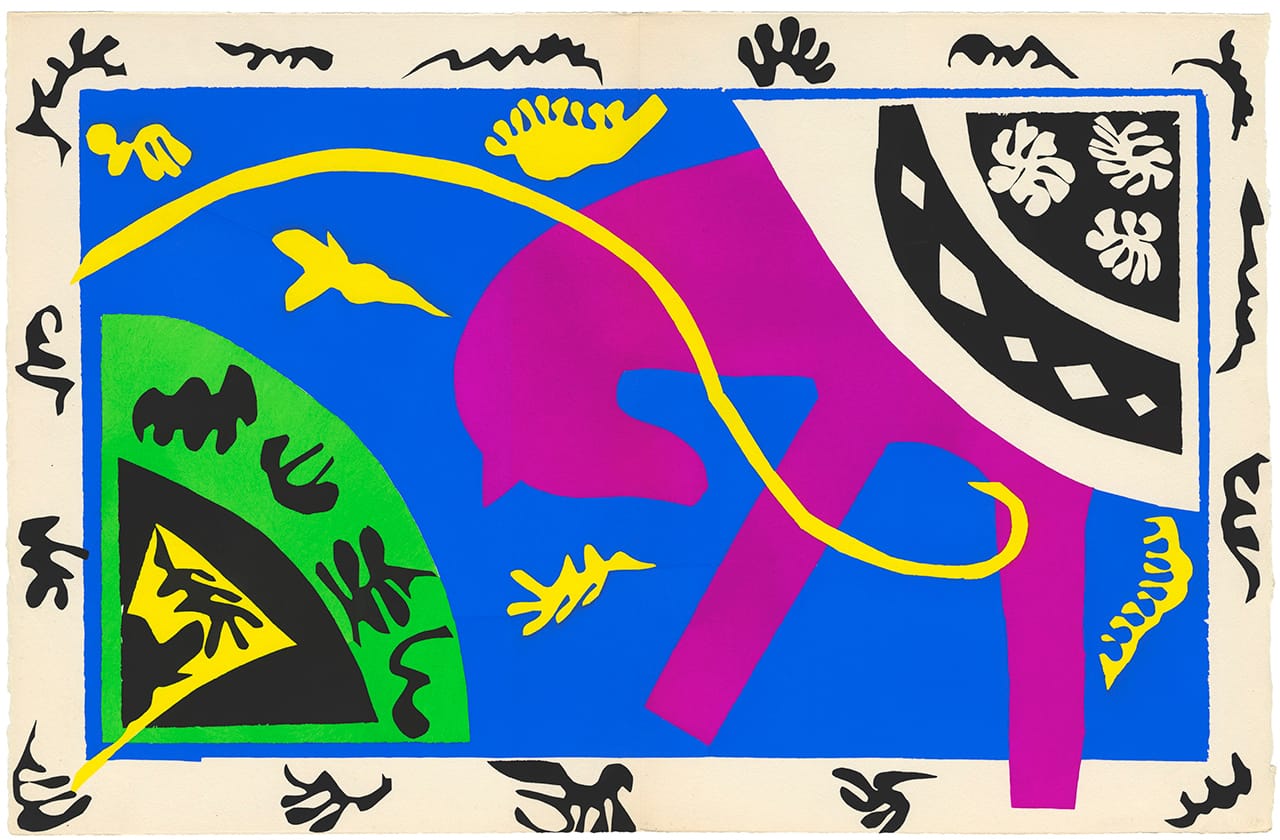
CHARLOTTE, North Carolina — The Art Books of Henri Matisse at Charlotte’s Bechtler Museum of Modern Art is a travelling exhibition with a new twist. This iteration offers the chance to see four of Matisse’s print books next to a handsome selection of artists’ books from the Bechtler Museum’s own collection, some of which rival the great French Modern Master’s work in this medium.
![Henry Matisse
Henry de Montherlant
Pasiphaé, Chant de Minos (Les Crétois) (Pasiphaé, Song of Minos [The Cretans])
Paris: Martin Fabiani, 1944
Number 17 of 250 copies
...L’angoisse qui s’amasse en frappant sous ta gorge...(The Fear Which Grows
and Sticks in Your Throat)
Linocut on vélin d’Arches filigrané paper, 13 1/5” x 10 1/10” (
© 2015 Succession H. Matisse / Artists Rights Society, New York)](https://hyperallergic.com/content/images/hyperallergic-newspack-s3-amazonaws-com/uploads/2015/06/pasiphae-chant-de-minos.jpg)
The largest room in the Matisse section is given over to pages from Jazz, perhaps his most well-known art book. Printed in 1947, it consists of playful images of circus performers and animals, interspersed with notes by Matisse in his own handwriting. The bold, flat colors and arresting shapes arose from the decoupage technique (cutting up pieces of colored paper) that he discovered in the 1940s, and which became his major form of creative output in his final years (and which were justly celebrated in a survey at New York’s MOMA last year). Jazz is notable for being the first public statement of this technique, and even though Matisse was dissatisfied with the book when it was printed (believing that the stencil-based reproduction did not do justice to the vibrancy of the cut paper), he came to appreciate the status of Jazz as introducing a new form of visual language to the contemporary art of the time.
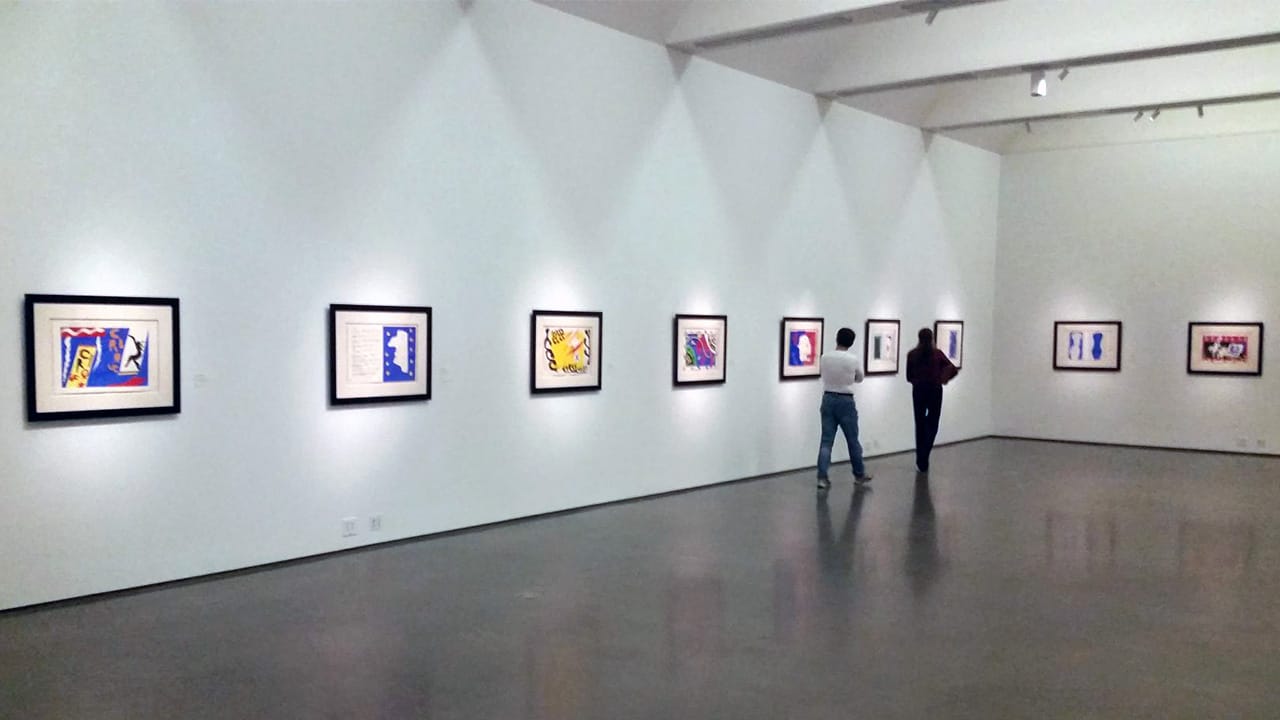
Seeing these pages from the original edition makes one appreciate the high degree of skill involved in their making: each color and shape was applied by hand using mainly gouache applied through stencils, for every shape on every page of every book in the edition. Most reproductions of Jazz don’t catch the resulting subtle variations of color from page to page, or the slight smudging sometimes between one color area and another that accentuates the book as a handmade object.
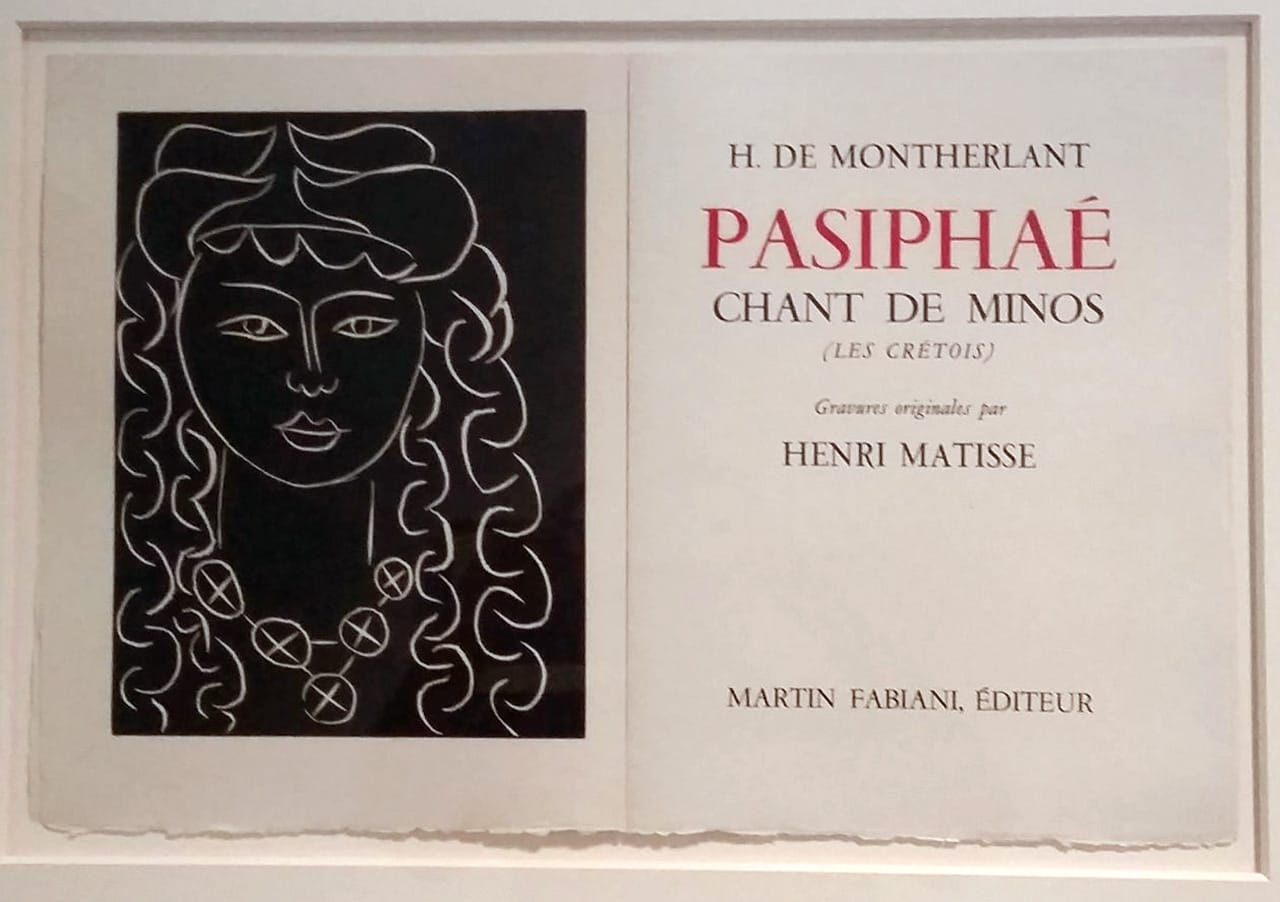
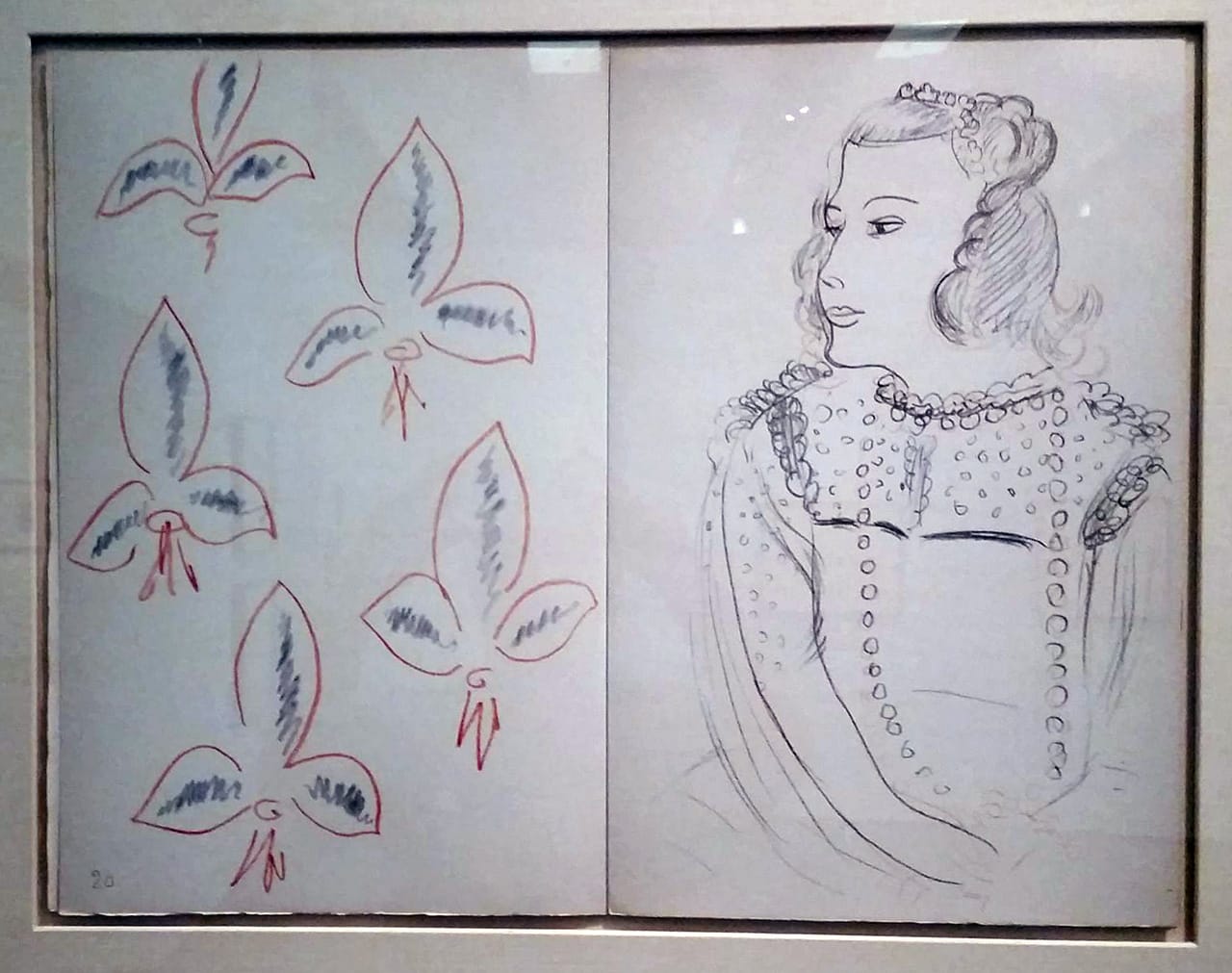
The other three books are an edition of poems by Stephane Mallarmé, illustrated by sinuous line etchings; a story by Henry de Montherlant, illustrated with linocuts; and poems by Charles d’Orleans, illustrated by lithographs.
The de Montherlant illustrations are particularly fine, combining a symmetrical balance between the dense text and the simplicity of the prints. The least successful book is the Charles d’Orleans, consisting mainly of a few repeated heraldic designs that look hastily produced, proving that even the great Matisse could occasionally run out of inspiration.

An adjacent gallery houses books produced by an impressive array of 20th-century artists, from George Braque’s collection of intaglio prints The Order of Birds, and densely textured prints by Antoni Tàpies, to several accordion-fold books by Swiss artist Warja Honegger-Lavater. To contemporary eyes, it’s perhaps true to say that many of these art books gave the artists the opportunity to try out work in a different medium that was nevertheless very similar to their studio work. Certainly, compared to the experimentation on view at New York’s Center for Book Arts, or the Joan Flasch collection at the School of the Art Institute of Chicago, the books by Matisse, Braque, et al, seem almost conventional in their format. Nevertheless, an exhibition like this one at the Bechtler Museum is a chance to see some rarely seen artist’s books, and affords a riveting snapshot of a new form of expression in its first full flowering.
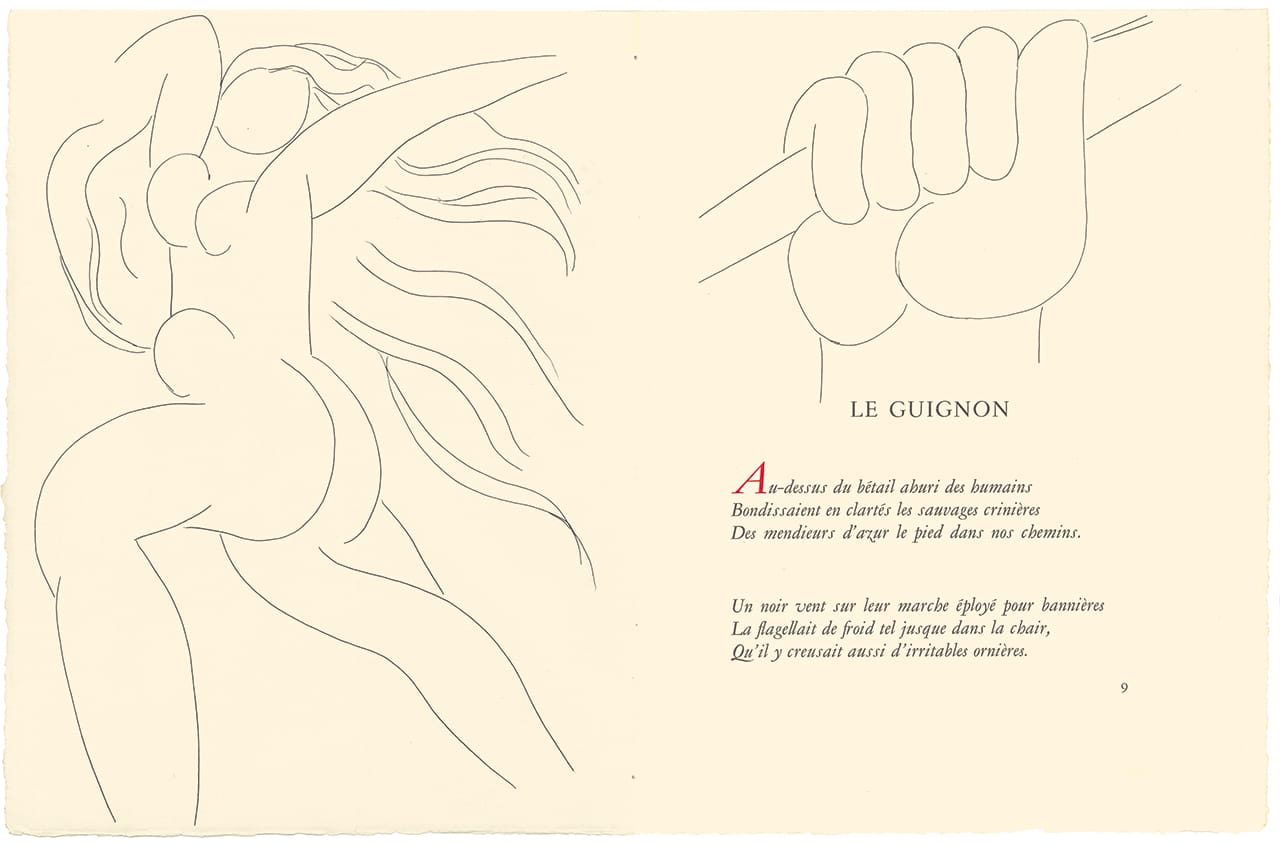

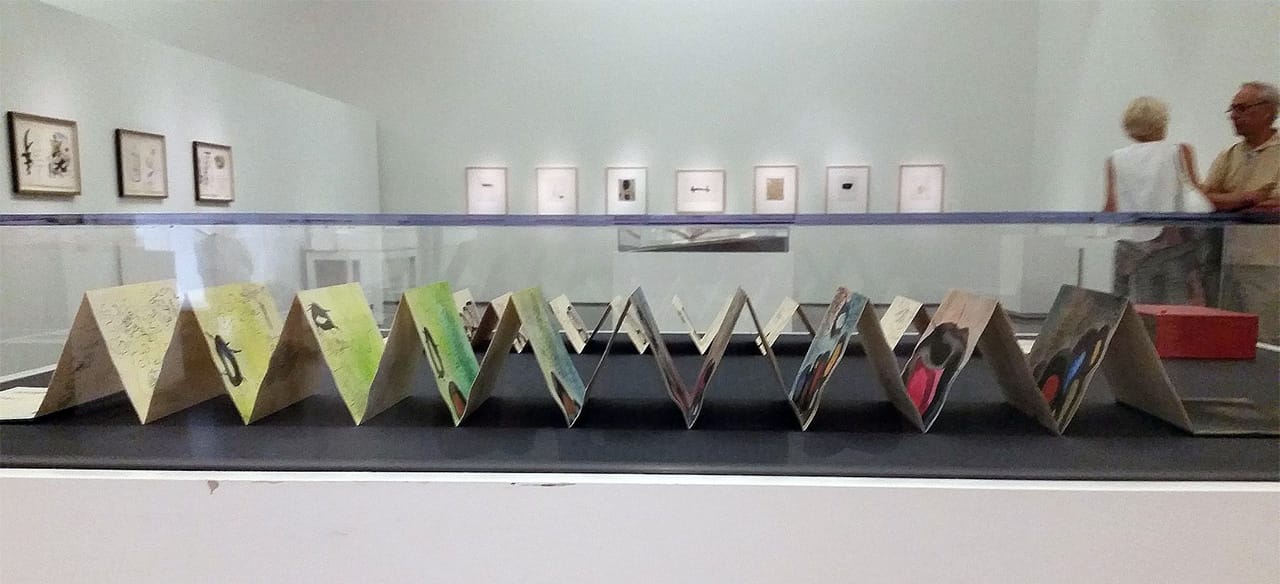
The Art Books of Henri Matisse continues at the Bechtler Museum of Modern Art (420 S Tryon Street, Charlotte, North Carolina) through September 7, 2015.

